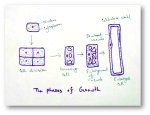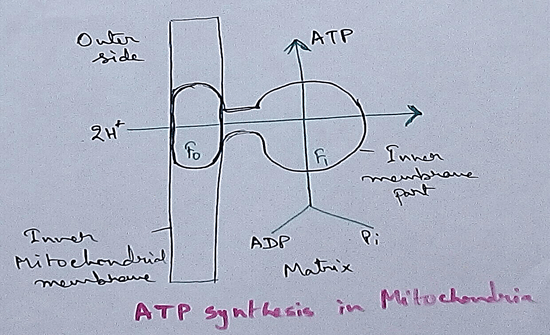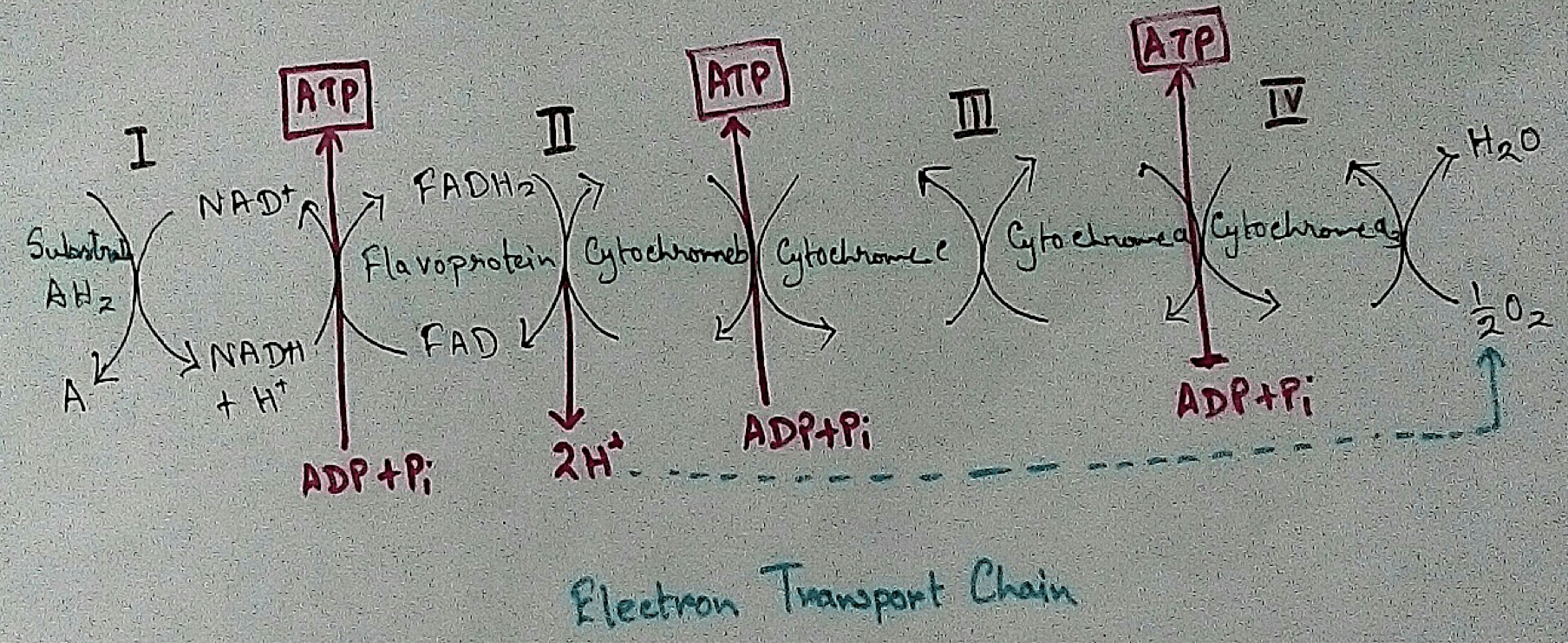Types of Simple Machines
In our daily life we use different types of simple machines and their applications.
These are mentioned below:
1. Lever:
We use different tools which follows the principle of lever. Here we shall discuss about a few of those tools.
(i) Claw hammer: It is a special hammer with a pair of claws at one side of its head. These claws are used to pull a nail out of wood. Here the centre of the head of the hammer acts as the fulcrum (F). The handle works as the effort arm (E) and the claws act as the load arm (L).
(ii) Spade: While a man uses a spade, he holds the centre of the handle with one hand. This point acts as the fulcrum (F). He holds the far end of the handle with other hand. The portion from the fulcrum to the far end of the handle acts here as the effort arm (E). And the portion from the fulcrum to the blade of the spade works as the load arm (L). Using a spade in this manner we can get the ‘advantage of a lever from (L)
(iii)
Scissors: With scissors we cut cloth, paper even metal sheets easily, because
the scissors are a pair of levers working together. Here the central rivet acts
as the fulcrum (F), the handles are the effort arms (E) and the two blades act
as the load arms (L). Like scissors, tongs also work as levers. More are the
handles of the tongs longer more it is easier to lift heavier utensils with it.
(iv) Nutcracker: We use nutcracker to crack betel-nut. It is a good example of lever. In this machine the front rivet acts as the fulcrum (F). The portion between the nut placed under the blade to this fulcrum acts as the load arm (L) and the portion between the fulcrum to the tip of the handle works as the effort arm (E). Here the effort arm is always longer than the load arm. So we can crack a very hard betel-nut easily.
2. Wheel:
Wheel is another type of simple machine. It was invented in ancient days. In Egypt the heavy stone blocks were brought from a long distance to the building site of pyramids by placing logs of wood under it. The logs acted as wheels for the easy movements of the stones. In recent days we see wheels not only in bicycles, cars or trains, we see it also under the legs of our computer tables, office chairs, travelling bags, shopping trolleys etc.
3. Pulley:
Pulley is a type of wheel, with a groove along the circumference and mounted on a shaft and it is used for lifting heavy loaded items. In a pulley a rope or chain is passed over the groove of the wheel. The wheel can rotate freely if the rope or chain is pulled from either end. Normally a heavy object is tied up with one end of the rope or chain. If the other free end is pulled downward the load moves upward with little effort. Pulley is used to lift bucket full of water from deep wells. This machine is also used to lift construction materials in high-rise buildings. At the top of a flag-hoisting stand a pulley is used for upward movement of the flag on pulling the rope downward.
4. Inclined plane:
This is an arrangement for lifting heavier articles from ground to an elevated place. We might have seen labourers are pushing up heavy boxes or barrels along an inclined wooden plank placed from the deck of a truck to the ground. This is called inclined plane. We use such inclined plane to lift scooters or motorbikes from road to an elevated floor of our house. When the height of the inclined plane is lower and the length is longer we get more advantage from it.
From Types of Simple Machines to HOME PAGE
Recent Articles
-
Explain about Growth in Plants |Definition of Growth & Differentiation
Feb 27, 25 02:07 PM
Growth is a permanent increase in length or volume of an organism that brought upon by an increase in its dimensions due to synthesis of new protoplasmic material. -
Definition of Respiratory Quotient | calculation | Application | Plant
Dec 02, 24 12:09 AM
Definition of respiration quotient- the ratio of the carbon-dioxide evolved to that of the oxygen consumed by a cell, tissue, plants or animals in a given time is called respiratory quotient. It is us… -
Amphibolic Pathway | Definition | Examples | Pentose Phosphate Pathway
Jun 06, 24 10:40 AM
Definition of amphibolic pathway- Amphibolic pathway is a biochemical pathway where anabolism and catabolism are both combined together. Examples of amphibolic pathway- there are different biochemical… -
Respiratory Balance Sheet | TCA Cycle | ATP Consumption Process
Feb 18, 24 01:56 PM
The major component that produced during the photosynthesis is Glucose which is further metabolised by the different metabolic pathways like glycolysis, Krebs cycle, TCA cycle and produces energy whic… -
Electron Transport System and Oxidative Phosphorylation | ETC |Diagram
Feb 04, 24 01:57 PM
It is also called ETC. Electron transfer means the process where one electron relocates from one atom to the other atom. Definition of electron transport chain - The biological process where a chains…




New! Comments
Have your say about what you just read! Leave me a comment in the box below.